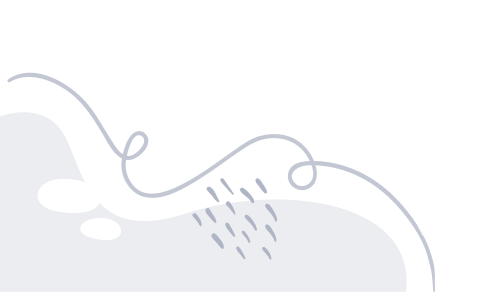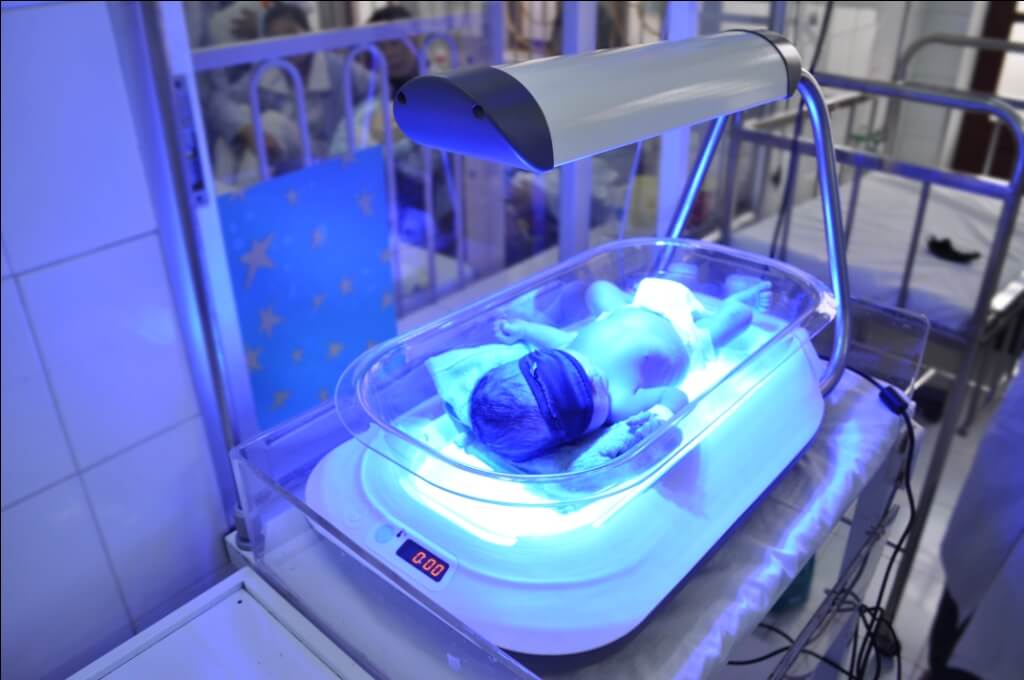In neonates, jaundice tends to develop because of two factors—the breakdown of fetal hemoglobin as it is replaced with adult hemoglobin and the relatively immature metabolic pathways of the liver, which are unable to conjugate and so excrete bilirubin as quickly as an adult. This causes an accumulation of bilirubin in the blood (hyperbilirubinemia), leading to the symptoms of jaundice. If the neonatal jaundice does not clear up with simple phototherapy, other causes such as biliary atresia, Progressive familial intrahepatic cholestasis, bile duct paucity, Alagille syndrome, alpha 1-antitrypsin deficiency, and other pediatric liver diseases should be considered. The evaluation for these will include blood work and a variety of diagnostic tests. Prolonged neonatal jaundice is serious and should be followed up promptly. Severe neonatal jaundice may indicate the presence of other conditions contributing to the elevated bilirubin levels, of which there are a large variety of possibilities (see below). These should be detected or excluded as part of the differential diagnosis to prevent the development of complications.




